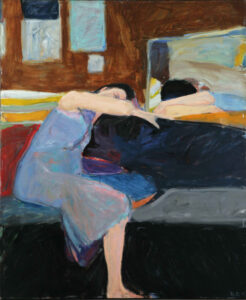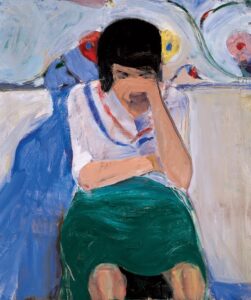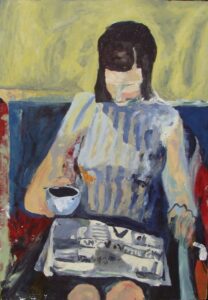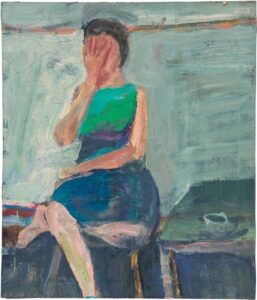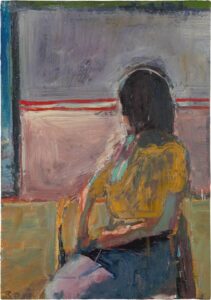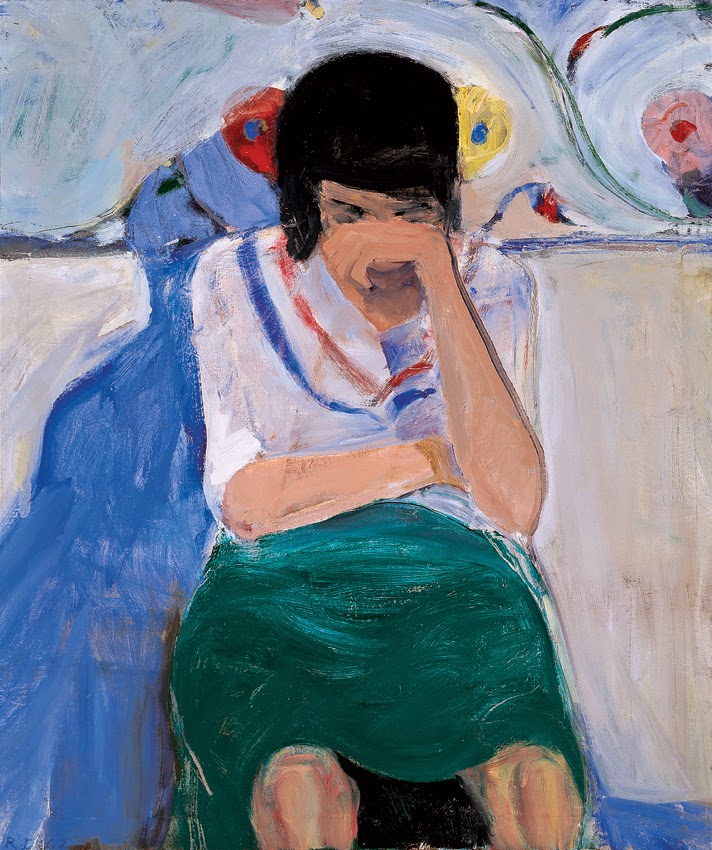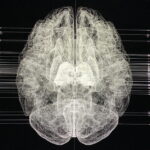To continue my exploration of my initial themes of identity and memory within personal narrative, I began to research artists who work with depicting identity within their portraiture, in particular portraits which evoke ambiguity surrounding the subject’s identity and thus the narratives of their lives.
One of my favourite abstract and expressionist artists, Richard Diebenkorn, effectively portrays subjects in his portraiture which conjure feelings of mystery when viewing his subjects, and probe the audience to construct their own interpretation of the individual’s personal narrative. Diebenkorn does this through obscuring the facial features of his subjects through abstract brush strokes. As facial features, in particular the eyes, are known to reveal parts of the soul, and therefore an individuals narrative, this technique by Diebenkorn encourages the viewer to create their own vision of the subject’s narrative. In other pieces, Diebenkorn also depicts his subjects in positions which conceal their faces and expressions. Below are some examples of Diebenkorn’s portraiture which effectively obscure the narratives of his subjects.

